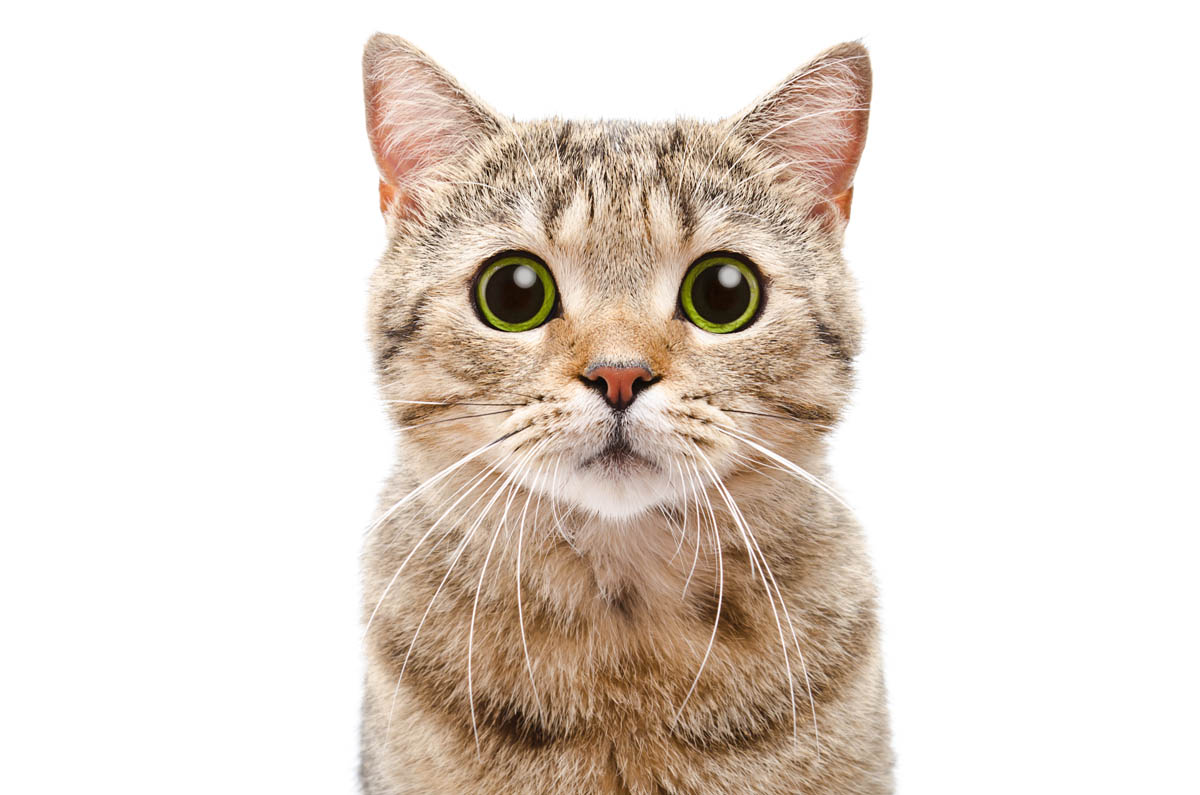What is Key-Gaskell syndrome?
Also called feline dilated pupil syndrome or feline dysautonomia, Key-Gaskell syndrome is a rare condition of the sympathetic and parasympathetic nervous systems which work in harmony to prepare the body for fight or flight (sympathetic) or relax the body (parasympathetic). This system is responsible for functions in the body that the cat does not consciously control such as respiration, digestion, heartbeat, hormone secretion and pupil dilation/constriction, collectively called the autonomic nervous system (ANS).
First discovered in 1982 by Key and Gaskell in England, Key-Gaskell syndrome is non-inflammatory destruction of the autonomic ganglia. Outbreaks have occurred in the United States, continental Europe, Dubai, and New Zealand. It affects horses (grass sickness), dogs, hares and rabbits.
There is no age, gender or breed predilection.
Causes
The cause of Key-Gaskell syndrome is poorly understood; several possible causes have been postulated, which include:
- Genetic susceptibility
- Environmental (geographical clusters have occurred)
- Autoimmune
- Clostridium botulinum toxin
Symptoms
Gastrointestinal symptoms develop due to intestinal ileus, which is an inability of the intestines to contract normally and move waste out of the body.
- Megaesophagus (enlargement of the esophagus), which can result in regurgitation of food shortly after a meal
- Loss of appetite (anorexia)
- Weight loss
- Constipation
- Abdominal distention
- Urinary or fecal incontinence
- Bilateral pupil dilation
- Third eyelid protrusion
- Depression
- Dryness of the oral mucosa and nose leather
- Dilated anus
- Abnormally slow heart (bradycardia)
Diagnosis
Your veterinarian will perform a complete physical examination of the cat and obtain a medical history from you including the onset of symptoms, underlying medical issues, any medication (prescribed or non-prescribed) that the cat is taking.
Diagnostic workup:
Baseline tests: Complete blood count, biochemical profile and urinalysis are usually normal.
Dilute pilocarpine drops: Administration will induce a rapid constriction (shrinking) of the pupil due to loss of nerve control of the iris, and retraction of the third eyelid.
Schirmer’s test: This test measures the level of tear production. A commercial filter strip is placed under the lower eyelid for 60 seconds. The moisture from the eye will slowly descend the strip and the level of moisture measured in mm.
Intradermal histamine injection: This test can check the capillary function. Affected cats will show no response to histamine, compared to a normal cat who will develop a welt on the skin.
Xrays: Diagnostic imaging will reveal megaesophagus (enlarged esophagus), dilated stomach, distended intestinal loops with no signs of peristalsis (wave-like muscle contractions).
Biopsy and histopathology: A sample of the autonomic ganglia is taken by biopsy and sent to a diagnostic laboratory for evaluation.
Treatment
There is no cure for Key-Gaskell syndrome; the goal of treatment is to manage symptoms. An elevated feeding position uses gravity to help push food down the esophagus, cats should remain in this position for 10 to 15 minutes after each meal. Feeding tubes will be necessary for cats who cannot be fed in an upright feeding position. Artificial tears can be used to moisten and lubricate the eyes. Cats who are unable to urinate on their own will need their bladder manually emptied by their caregiver.
Medical therapies: Prokinetic drugs could be considered, such as metoclopramide or cisapride to enhance gastric motility. Cholinergic drugs such as bethanechol may be of help in cats with urinary retention.
Prognosis
Unfortunately, the prognosis for cats with Key-Gaskell syndrome is poor.

